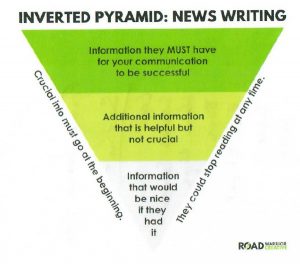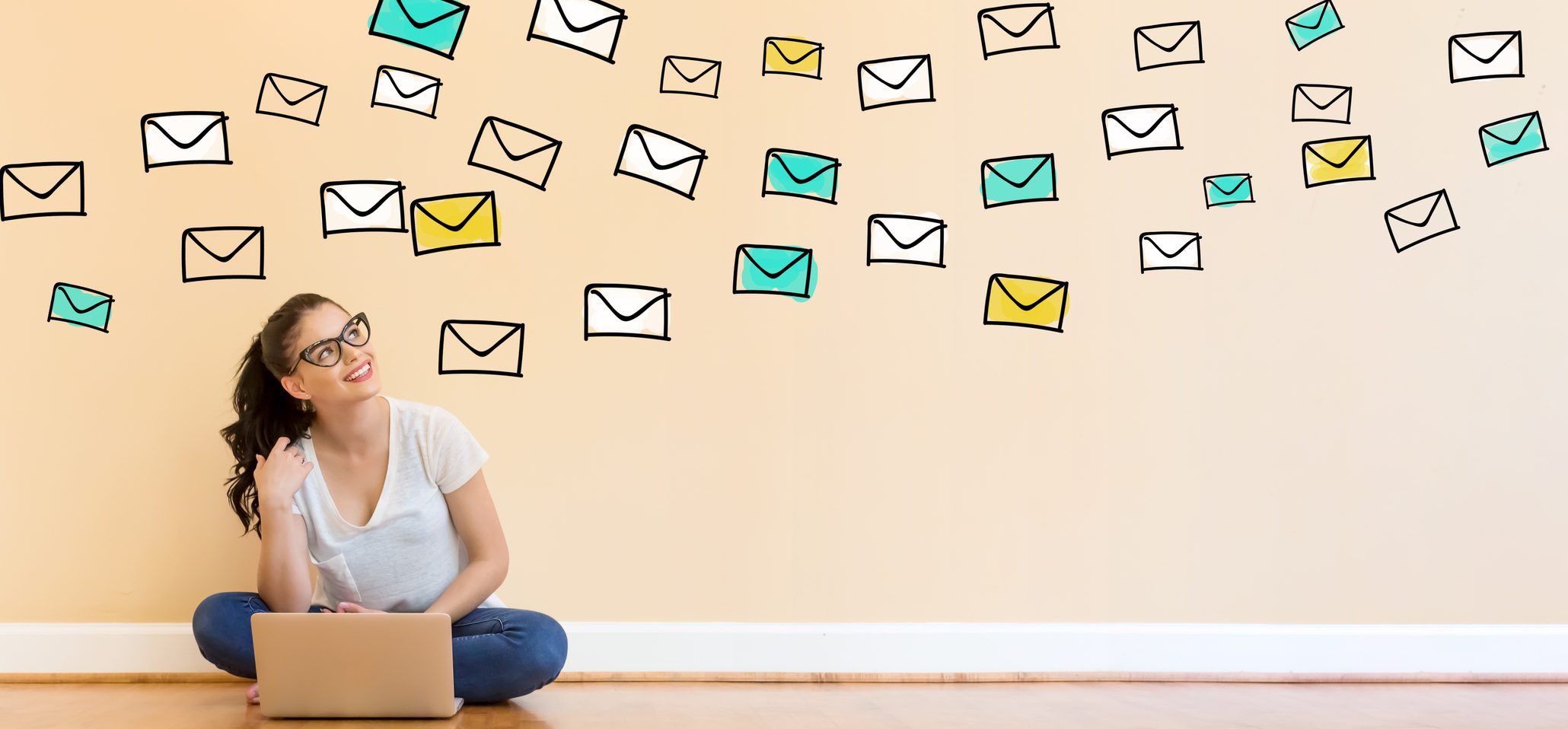We are interrupted by email once every 3 minutes. Maintaining etiquette can be tricky, especially as brevity in communication becomes more common place.
And it’s no wonder. According to a 2015 article from Time, the average adult attention span is about 8 seconds. Although the increased digitalized lifestyle has made us better at multi-tasking, it has been to the detriment of our attention span. The following are tips for maintaining email etiquette, in the age of brevity, and the 8-second attention span.
Proper Greetings Matter
A greeting includes the subject line and the manner by which you address the recipients. The subject line should be a short reference to the context of the email. When you get into the body of the text, be sure to properly address recipients. In the salutation, a general rule of thumb is to always assume formality, unless otherwise noted: i.e. “Greetings Dr., Mr., Ms., Mrs.” A proper greeting sets the tone.
Important Information First
As mentioned before, you are competing with an 8-second attention span. Be sure to state the pertinent information early. In journalism, this is called the inverted triangle, or front loading.

State the purpose of the email, and any required action items. If you have included attachments, state this in the email as well. In closing, it is suggested to reiterate action items, and gently assume compliance: i.e. please register for the course in the learning management portal. We look forward to seeing you in training.
If you are requesting a favor, consider leading with a compliment first. Perhaps you engaged with the recipient in some way in the past (i.e. they presented material in a meeting you found helpful). Draw from that experience, and then present your request. Before closing, offer to reciprocate. Conversely, there may be requests that you won’t be able to meet. Simply saying “no” may come off a bit terse. Offer a brief explanation, and, provide an alternative solution. Set and use an automatic signature for outgoing messages; don’t assume that the recipients will always know who you are. Finally, use a standard sign-off such as “respectfully” or “kind regards.” Refrain from using personal phrases such as “cheers” or “bye for no.”
Avoid the Pitfalls of cc, bcc, and Reply All
Arguably, cc, bcc and reply all are the Achilles heel of email communication, as they are often used incorrectly. Carbon copy (cc) is used as a courtesy; those in the cc field are not required to take action on the email. The blind carbon copy (bcc) field is used to email individuals who need the same information, but needn’t see the email addresses of others receiving the message. Before selecting reply all, consider whether or not more than one person needs to know you responded. If you were not addressed directly, refrain from responding entirely. If the email impacts multiple people, the originator might be helpful to see multiple replies.
For more resources on email etiquette, visit the following:
Have additional tips to share? Leave them in the comments!
Hope Marshall is part of the GovLoop Featured Contributor program, where we feature articles by government voices from all across the country (and world!). To see more Featured Contributor posts, click here.





Blank and overly long subject lines drive me nuts! I still like to use manners in email (please and thank you) even though I have read it is not necessary. Thank you for the reminders. 🙂
This is so true! When I see a blank subject line, I automatically assume it’s spam. Another pet peeve of mine is one-word responses: “yes”, “no”. If there aren’t any details past that, we shouldn’t respond!
I totally agree with you on the frontloading aspect! I’ve found a perfect way to start a request email is to also lead with a compliment, or even a simple iteration of “hope this finds you well!” Its so easy for emails, especially those on the briefer side, to come across as terse or impolite on the receiving end; maintaining email etiquette mitigates this easily!
Thank you! I know people say it’s hard to determine the tone of an email, but you really can. Especially if you leave out those small, but important courtesies – like those you mentioned. It definitely goes a long way. I work as a trainer, so I always end my email with “I look forward to supporting your learning needs.”